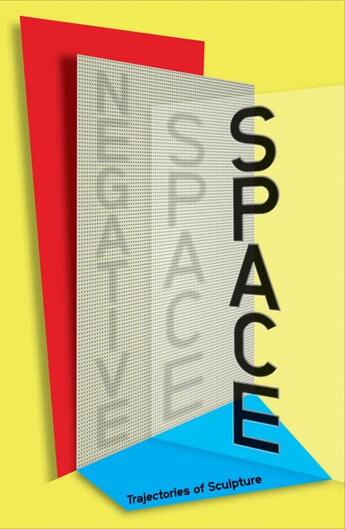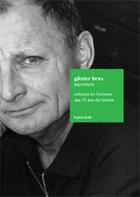Résumé:
A bold new spatial perspective on modern sculpture, with 800 color images of work by artists including Henry Moore, Lygia Clark, Anish Kapoor, and Ana Mendieta.
This monumental, richly illustrated volume from ZKM Karlsruhe approaches modern sculpture from a spatial perspective, interpreting... Voir plus
A bold new spatial perspective on modern sculpture, with 800 color images of work by artists including Henry Moore, Lygia Clark, Anish Kapoor, and Ana Mendieta.
This monumental, richly illustrated volume from ZKM Karlsruhe approaches modern sculpture from a spatial perspective, interpreting it though contour, emptiness, and levitation rather than the conventional categories of unbroken volume, mass, and gravity. It examines works by dozens of twentieth- and twenty-first-century artists, including Hans Arp, Marcel Duchamp, Henry Moore, Barbara Hepworth, Lygia Clark, Anish Kapoor, Olafur Eliasson, Ana Mendieta, Fujiko Nakaya, Tomás Saraceno, and Alicja Kwade. The large-scale book contains over 800 color images.
Negative Space comes out of an epic exhibition at ZKM, and volume editor Peter Weibel (Chairman and CEO of ZKM) takes a curatorial approach to the topic. The last exhibition to deal comprehensively with the question "What is modern sculpture?" was at the Centre Georges Pompidou in 1986. Weibel and ZKM pick up where the Pompidou left off, examining sculptures not as figurative, solid, and self-contained monoliths but in terms of open and hollow spaces; reflection, light, shadow; innovative materials; data; and the moving image. Weibel puts advances in science, architecture, and mathematics in the context of avant-garde sensibilities to show how modern sculpture significantly deviates from the work of the past. Texts in the volume include an introduction and twelve chapters written by Weibel with contributions by cocurators as well as facsimiles and reproductions of artist-authored manifestos.















